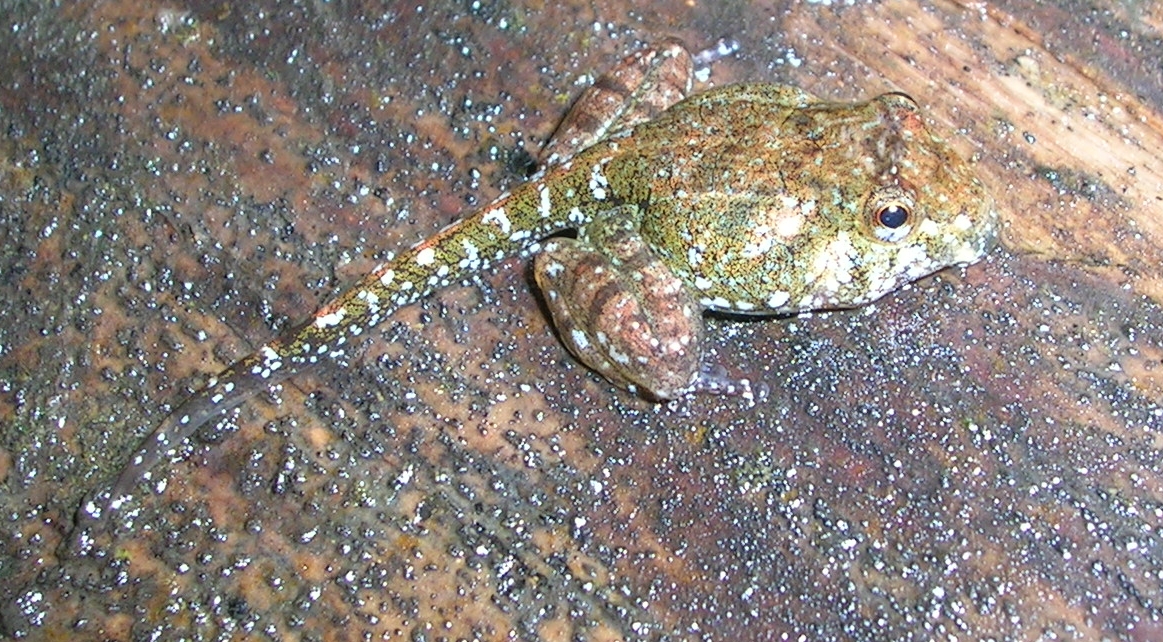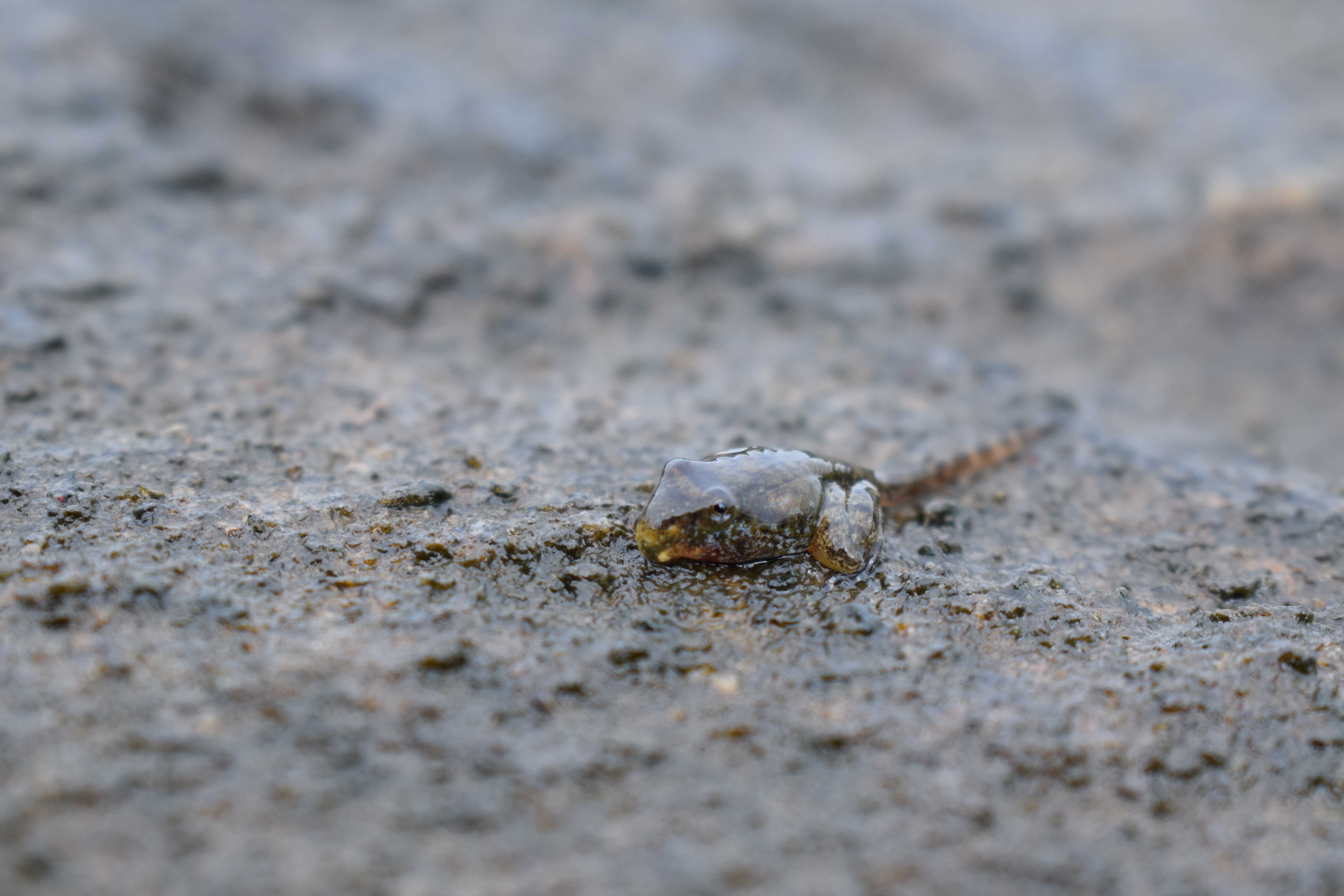Indirana on:
[Wikipedia]
[Google]
[Amazon]

 ''Indirana'' is a genus of
''Indirana'' is a genus of


 ''Indirana'' is a genus of
''Indirana'' is a genus of frog
A frog is any member of a diverse and largely Carnivore, carnivorous group of short-bodied, tailless amphibians composing the order (biology), order Anura (ανοὐρά, literally ''without tail'' in Ancient Greek). The oldest fossil "proto-f ...
s in the family Ranixalidae
Ranixalidae is a family of frogs commonly known as the leaping frogs or Indian frogs. They are endemic
Endemism is the state of a species being found in a single defined geographic location, such as an island, state, nation, country or oth ...
. These frogs are endemic
Endemism is the state of a species being found in a single defined geographic location, such as an island, state, nation, country or other defined zone; organisms that are indigenous to a place are not endemic to it if they are also found elsew ...
to the Western Ghats of India
India, officially the Republic of India (Hindi: ), is a country in South Asia. It is the seventh-largest country by area, the second-most populous country, and the most populous democracy in the world. Bounded by the Indian Ocean on the so ...
. They are sometimes known under the common name Indian frogs, whereas members of their parent family are named "leaping frogs".
''Indirana'' represent an ancient radiation of frogs that diverged from all other frogs almost 50 million years ago. This has credited '' Indirana gundia'' as a status of one of the "Top 100 Evolutionarily Distinct and Globally Endangered Amphibians".
Description
''Indirana'' species are small and slender-bodied frogs. They are typically found in leaf litter or near streams. Thetadpole
A tadpole is the larval stage in the biological life cycle of an amphibian. Most tadpoles are fully aquatic, though some species of amphibians have tadpoles that are terrestrial. Tadpoles have some fish-like features that may not be found i ...
s have hind limbs and finless tails, and are able to leap away to escape threats.
Taxonomy
Traditional classifications place the genus within the subfamily Ranixalinae of the family Ranidae, along with the genera ''Nannophrys
''Nannophrys'' is a genus of frogs endemic to Sri Lanka. It used to be placed in the large frog family Ranidae but a phylogenetic study was undertaken using DNA sequences and it is now included in the family Dicroglossidae. They are sometimes ...
'' and ''Nyctibatrachus
''Nyctibatrachus'' is a genus of frogs endemic to the Western Ghats of southwestern India. Their common name is night frogs. Their scientific name also means "night frog", in reference to their habits and dark color. They are the only extant ...
''. The Ranixalinae have also been placed under the family Nyctibatrachidae
Nyctibatrachidae is a small family of frogs found in the Western Ghats of India and in Sri Lanka. Their common name is robust frogs. Recognition of Nyctibatrachidae as a family is fairly recent. These frogs were earlier on placed in the broadly ...
. Darrel R. Frost ''et al.'' (2006) placed them within the family Petropedetidae
The Petropedetidae are a family of frogs containing three genera and 12 species. They are found in sub-Saharan tropical Africa and are sometimes known under common name African torrent frogs.
They are inhabitants of the splash-water zone of cle ...
.
Species
New species are still being discovered: '' Indirana salelkari'' was discovered in theNetravali Wildlife Sanctuary
Netravali Wildlife Sanctuary is located in South-Eastern Goa, India. It constitutes one of the vital corridors of the Western Ghats and covers an area of about 211km2. Netravali or Neturli is an important tributary of River Zuari, which origi ...
in the Indian state of Goa and described in late July 2015. The following species are recognised in the genus ''Indirana'':
* ''Indirana beddomii
''Indirana beddomii'', Beddome's leaping frog, Beddome's Indian frog, or simply Beddome's frog, is a species of frog found in the Western Ghats. They are usually detected by their long leaps as they flush from the ground when disturbed. The sp ...
'' (Günther, 1876)
* '' Indirana bhadrai'' Garg and Biju, 2016
* '' Indirana brachytarsus'' (Günther, 1876)
* '' Indirana chiravasi'' Padhye, Modak, and Dahanukar, 2014
* '' Indirana duboisi'' Dahanukar, Modak, Krutha, Nameer, Padhye, and Molur, 2016
* '' Indirana gundia'' (Dubois, 1986)
* '' Indirana leithii'' (Boulenger, 1888)
* '' Indirana longicrus'' (Rao, 1937)
* '' Indirana paramakri'' Garg and Biju, 2016
* '' Indirana salelkari'' Modak, Dahanukar, and Padhye, 2015
* '' Indirana sarojamma'' Dahanukar, Modak, Krutha, Nameer, Padhye, and Molur, 2016
* '' Indirana semipalmata'' (Boulenger, 1882)
* '' Indirana tysoni'' Dahanukar, Modak, Krutha, Nameer, Padhye, and Molur, 2016
* '' Indirana yadera'' Dahanukar, Modak, Krutha, Nameer, Padhye, and Molur, 2016
References
External links
{{Taxonbar, from=Q1932872 Amphibians of India Endemic fauna of the Western Ghats Amphibian genera Taxa named by Raymond Laurent